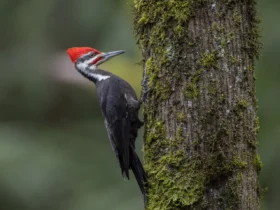Most cockatoos are white and all have a crest, but in some species it is erected only if the bird is excited. From a layer of down next to the cockatoo’s body a fine powder is shed that cleans and waterproofs the outer feathers. Sulfur-crested cockatoos are commonly kept as pets.
There are roughly 300 species of birds in the Psittacidae family. True parrots belong to the subfamily Psittacinae, as do the macaws; cockatoos belong to the subfamily Cacatuinea.
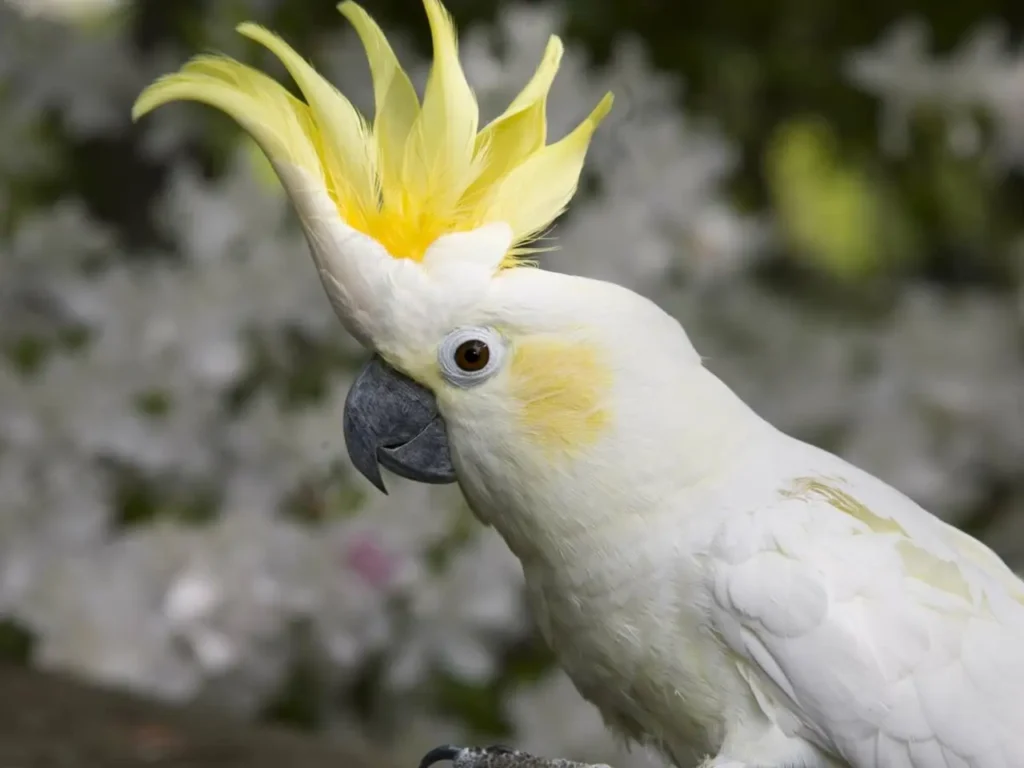
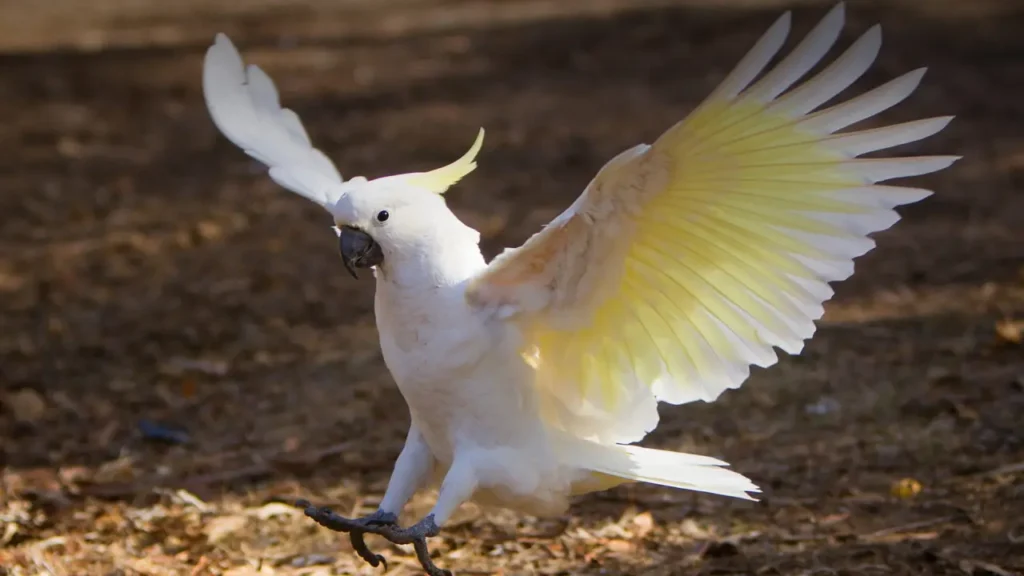
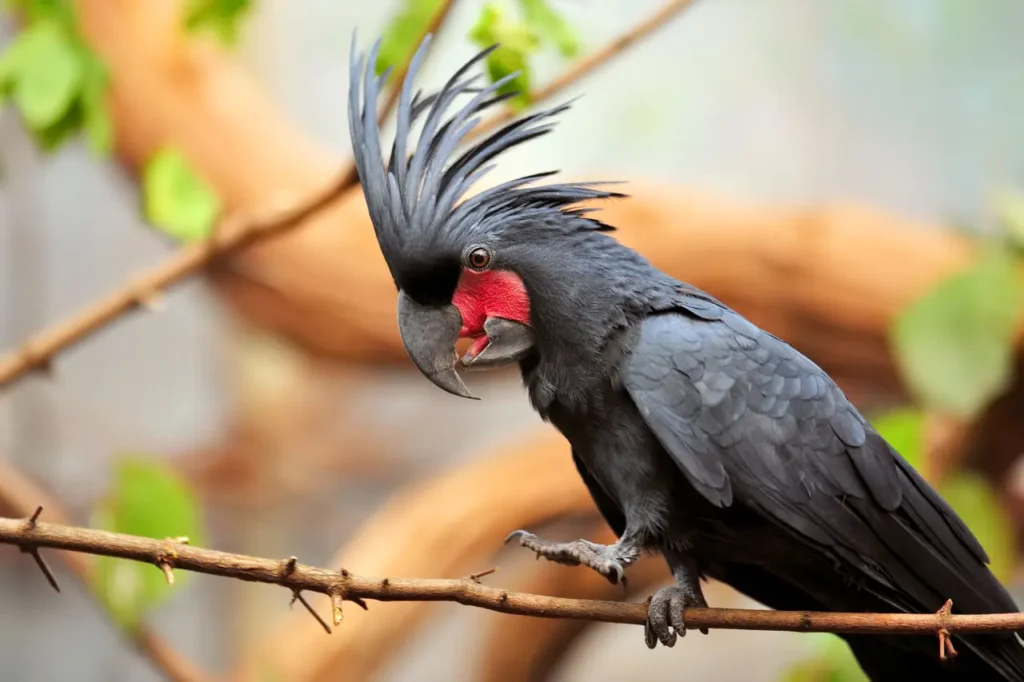
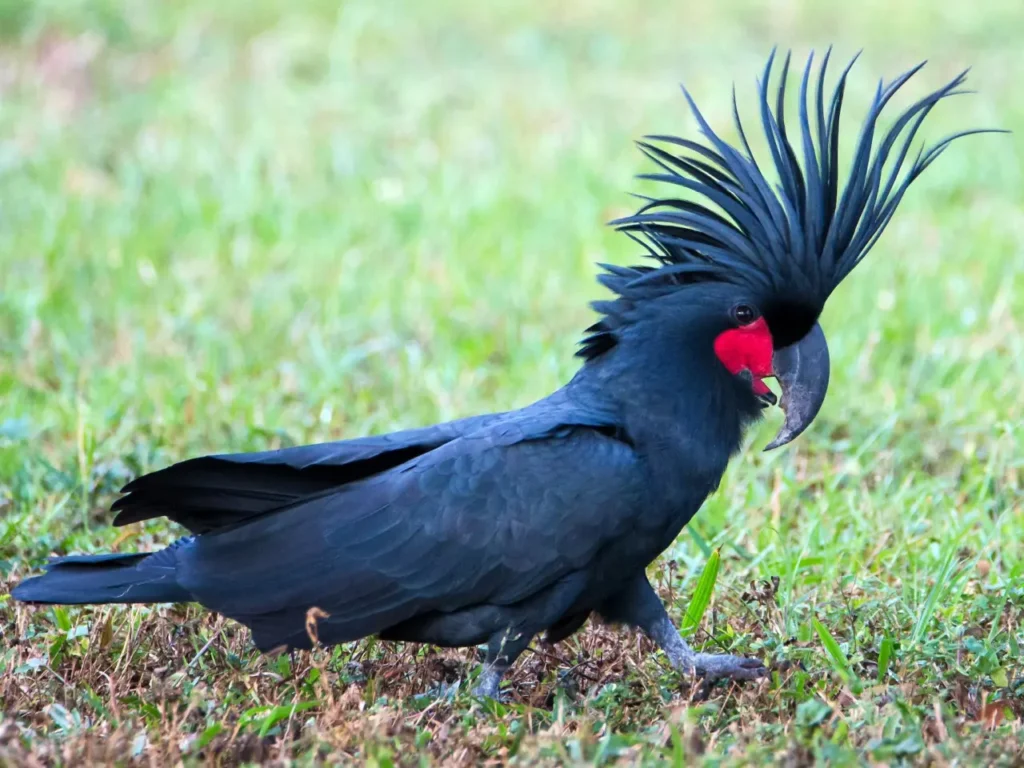
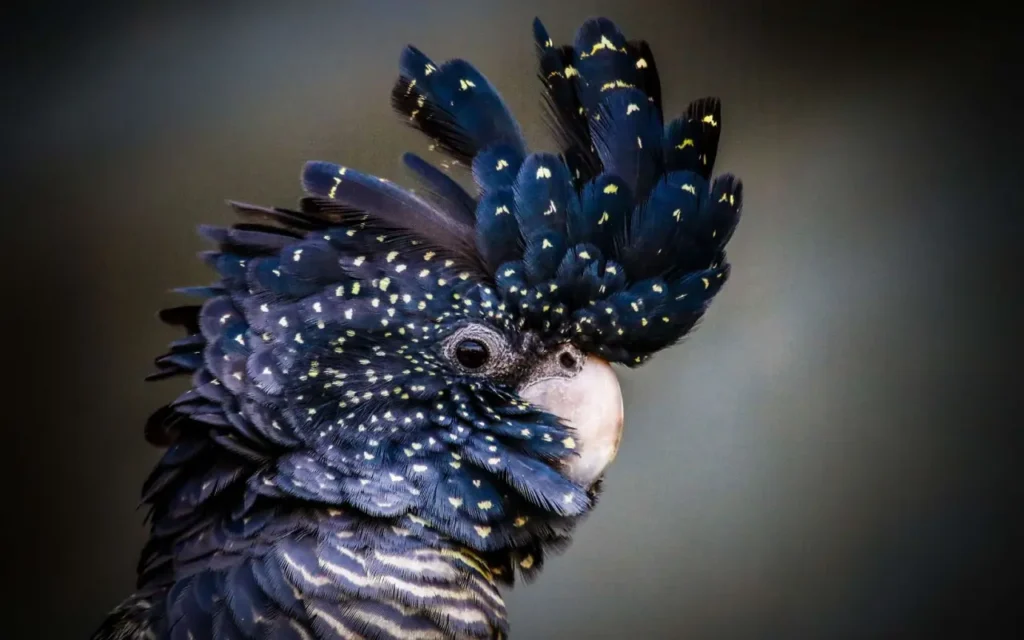
Types of Cockatoos
Certainly! Cockatoos are a diverse group of parrots known for their distinctive crest and playful personalities. Here are some of the most well-known types of cockatoos:
- Sulphur-crested Cockatoo (Cacatua galerita): Native to Australia and New Guinea, this large cockatoo is known for its striking yellow crest. It has white plumage and a raucous call.
- Moluccan Cockatoo (Cacatua moluccensis): Also called the Salmon-crested Cockatoo, this cockatoo is native to the Maluku Islands in Indonesia. It has a beautiful salmon-colored crest and is one of the largest cockatoo species.
- Major Mitchell’s Cockatoo (Lophochroa leadbeateri): Found in Australia, this cockatoo is known for its pink and white plumage, with a distinctive crest of feathers. It’s often considered one of the most beautiful cockatoo species.
- Umbrella Cockatoo (Cacatua alba): Native to Indonesia, this cockatoo is named for its broad, umbrella-like crest. It has white plumage and is known for its playful and affectionate nature.
- Galah (Eolophus roseicapilla): Also known as the Rose-breasted Cockatoo, this cockatoo is found across Australia. It has pink and gray plumage and is known for its social behavior.
- Palm Cockatoo (Probosciger aterrimus): Native to New Guinea and nearby islands, this cockatoo is recognized by its unique casque (horn-like structure) on top of its bill. It has black plumage and is known for its drumming behavior.
- Citrine Cockatoo (Cacatua sulphurea citrinocristata): This subspecies of the Lesser Sulphur-crested Cockatoo has a distinctive yellow crest and is found in Indonesia.
- Triton Cockatoo (Cacatua galerita triton): This subspecies of the Sulphur-crested Cockatoo has a blue eye ring and a more subdued yellow crest. It’s found in New Guinea and surrounding islands.
- Black Palm Cockatoo (Probosciger aterrimus): Also known as Goliath Cockatoo, this cockatoo has black plumage, a large casque, and red cheek patches. It’s found in northern Australia and New Guinea.
- Bare-eyed Cockatoo (Cacatua sanguinea): Native to Australia and New Guinea, this cockatoo has distinctive bare skin around its eyes and a playful personality.
- Sulphur-crested Cockatoo (Cacatua galerita triton): This is the nominate subspecies of the Sulphur-crested Cockatoo, found in Australia and New Guinea. It has a white crest and distinctive yellow feathers on the underside of its wings.
- Red-tailed Black Cockatoo (Calyptorhynchus banksii): Found in Australia, this cockatoo species has black plumage with red markings on its tail feathers.
- Long-billed Corella (Cacatua tenuirostris): Native to Australia, this cockatoo has a long bill and is often found in flocks. It has white plumage and a short crest.
- Yellow-tailed Black Cockatoo (Calyptorhynchus funereus): This cockatoo is found in parts of Australia and is recognized by its black plumage and yellow cheek patches.
- Red-vented Cockatoo (Cacatua haematuropygia): Native to the Philippines, this cockatoo has a distinctive red patch of feathers on its vent area.
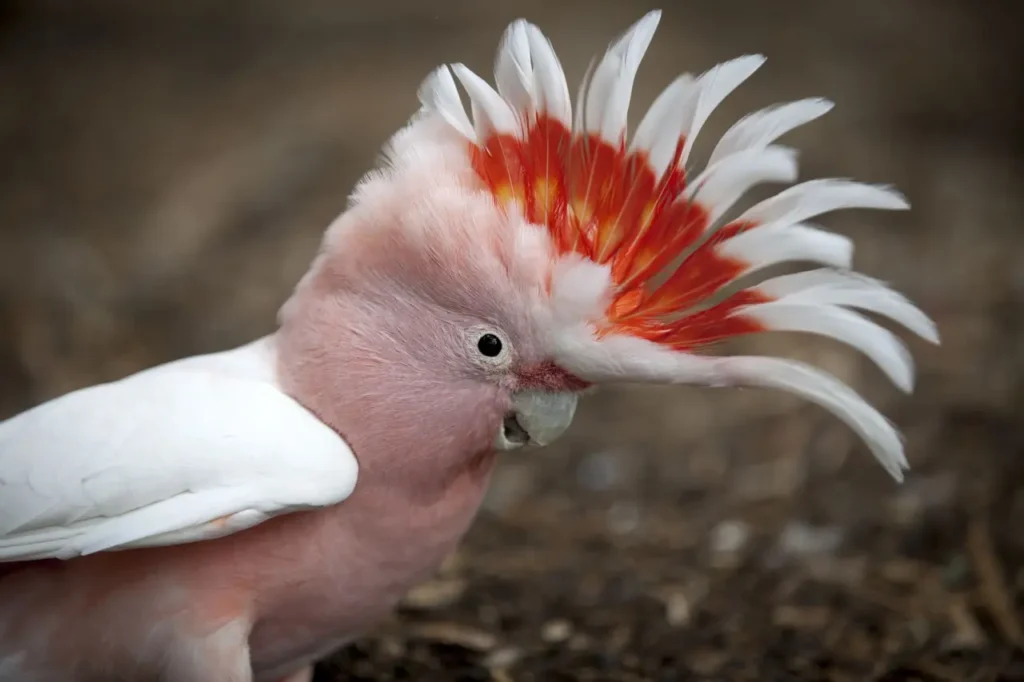
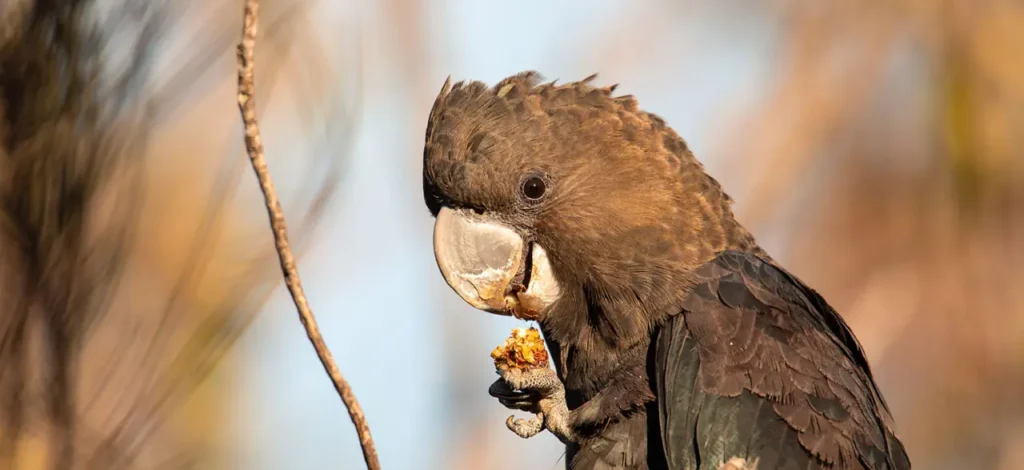
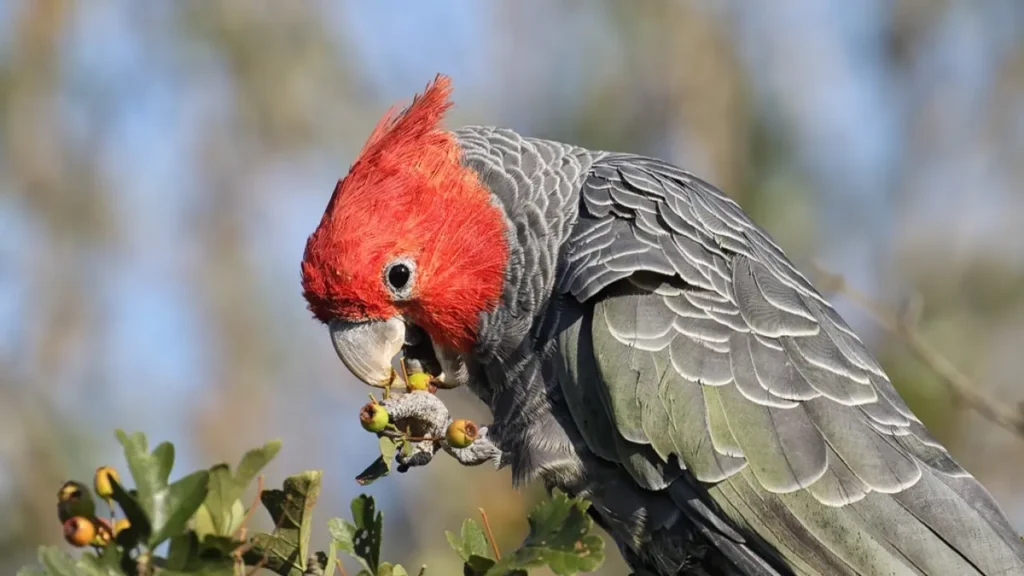
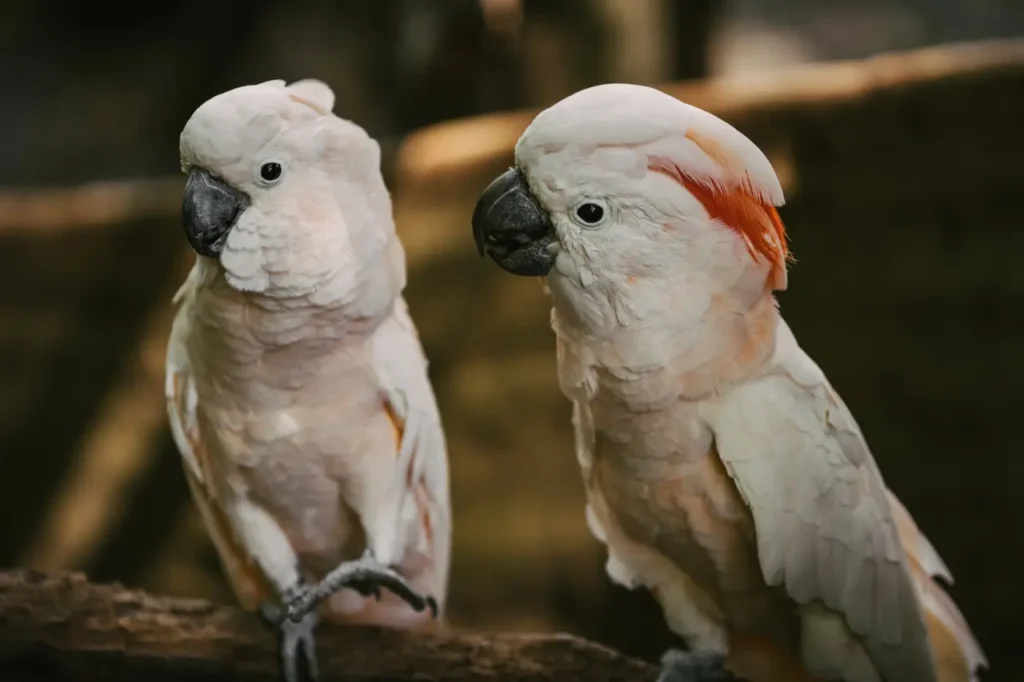
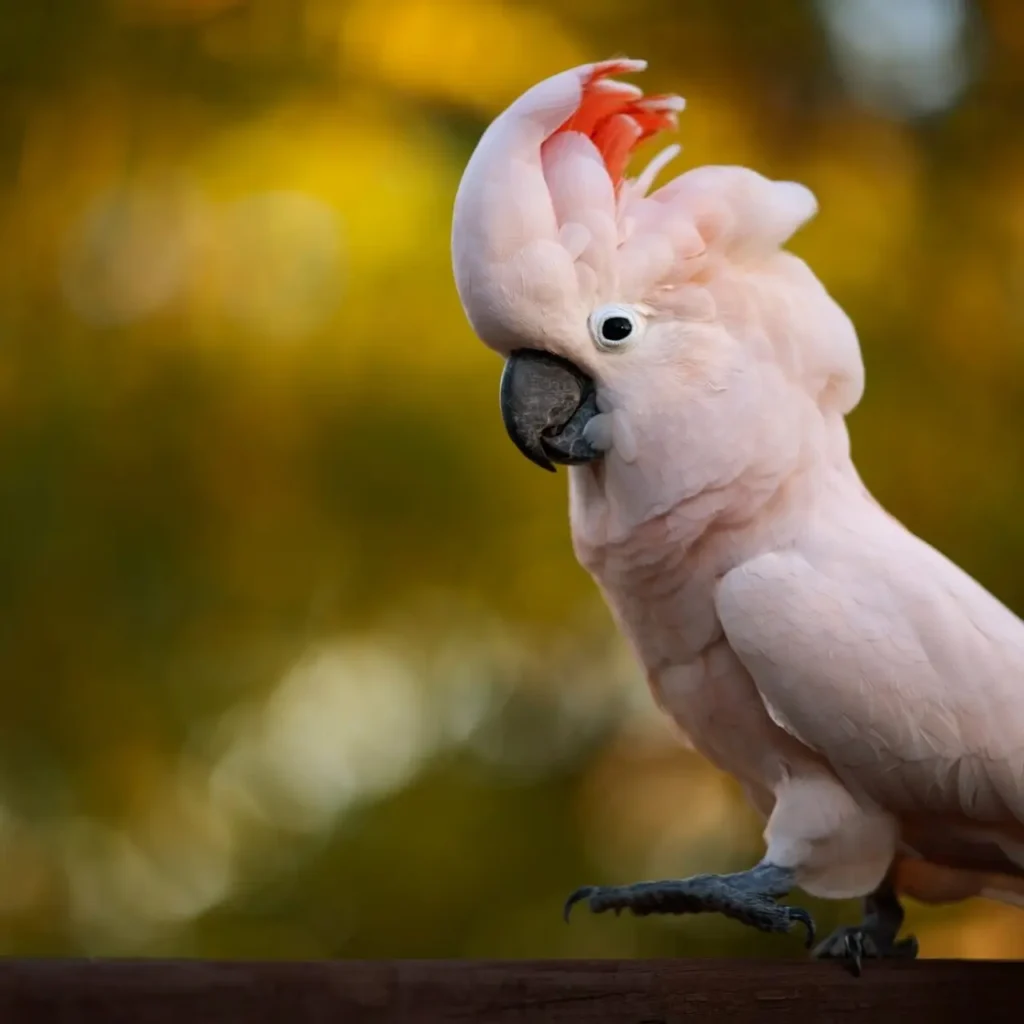
These are just a few examples of the diverse and captivating cockatoo species. Each species has its own unique characteristics, behaviors, and habitat preferences.
